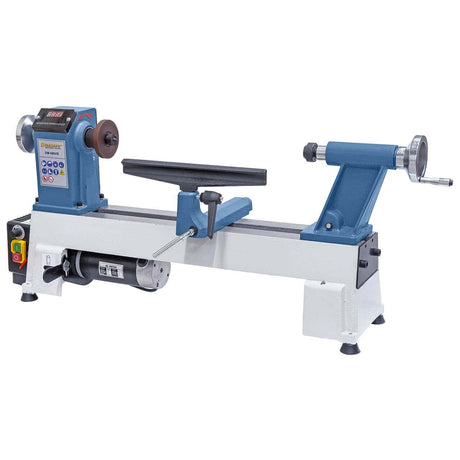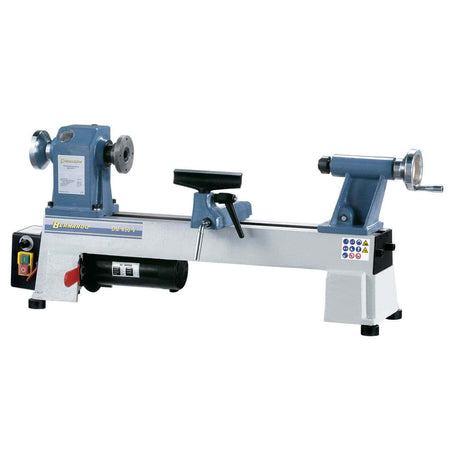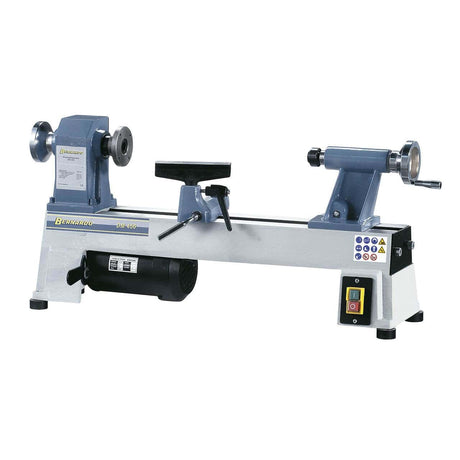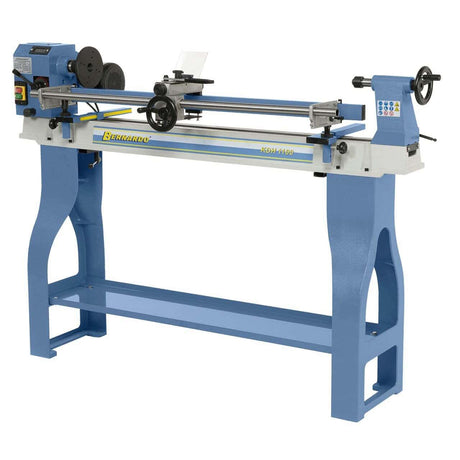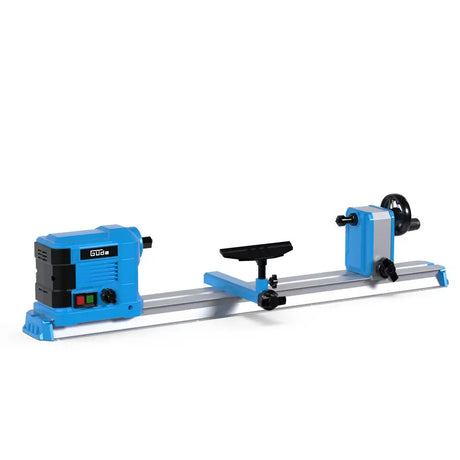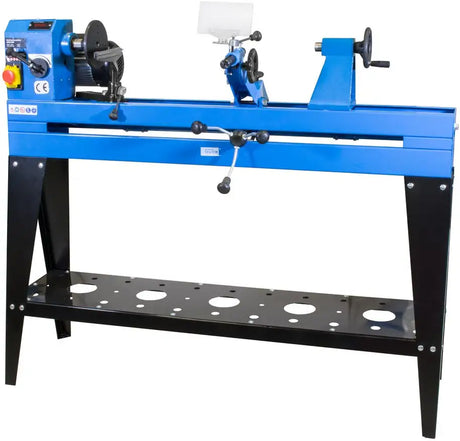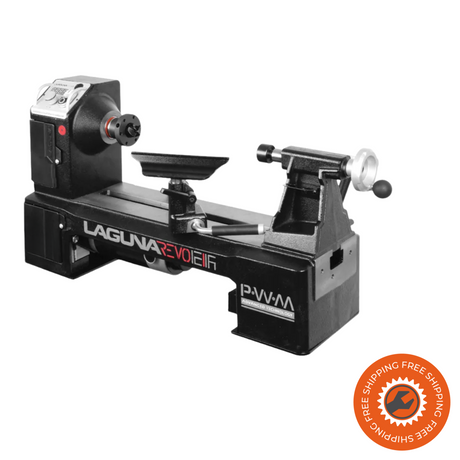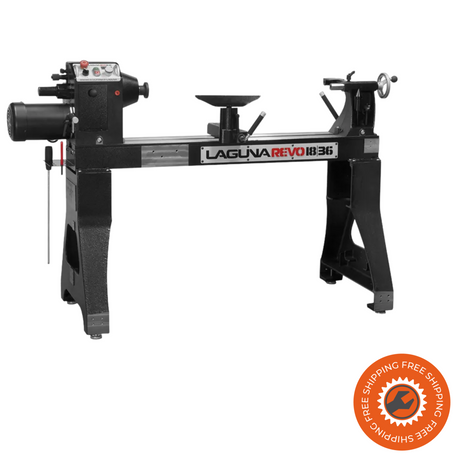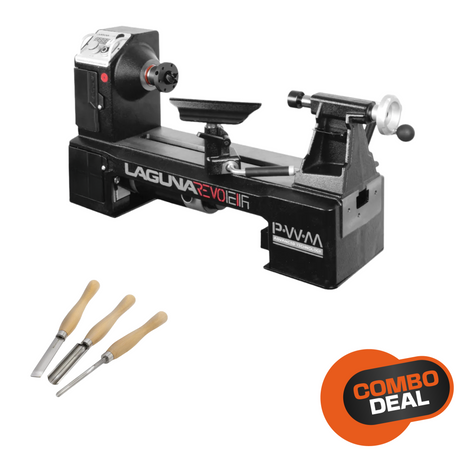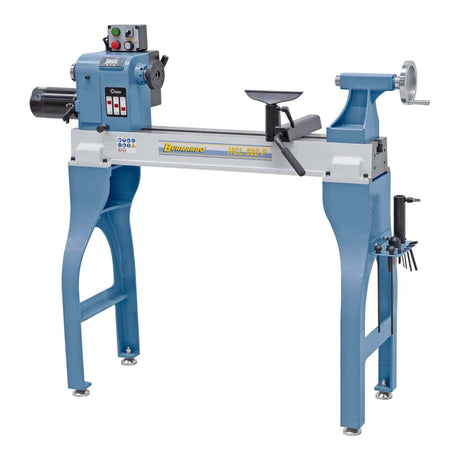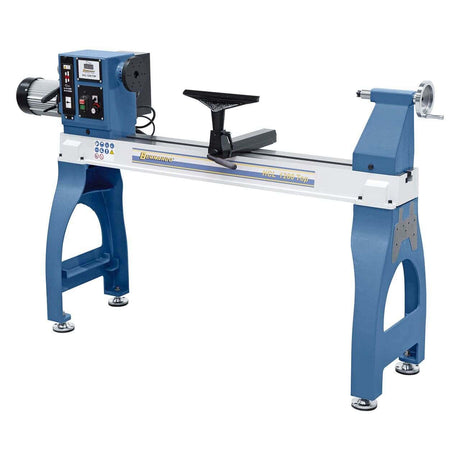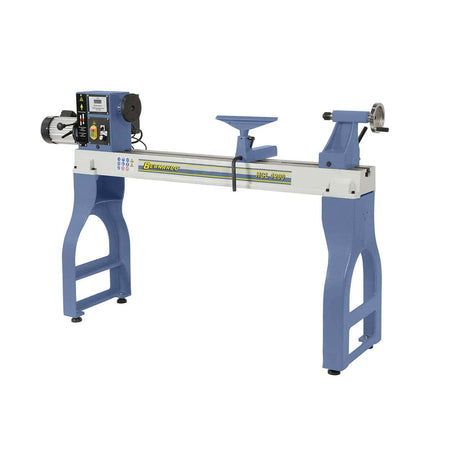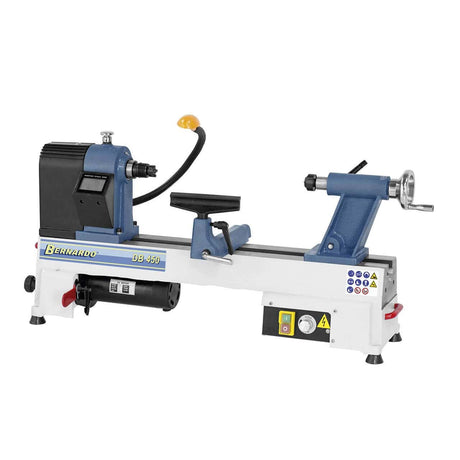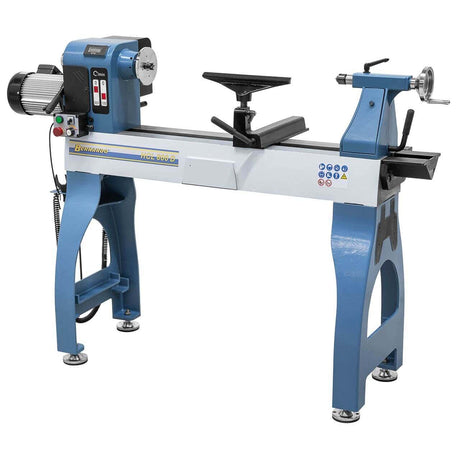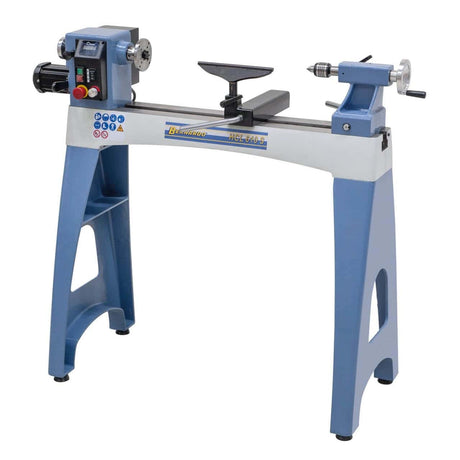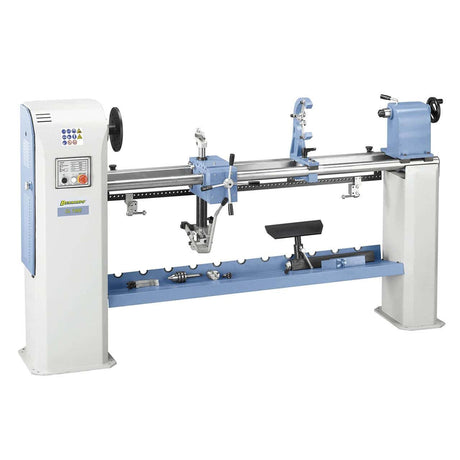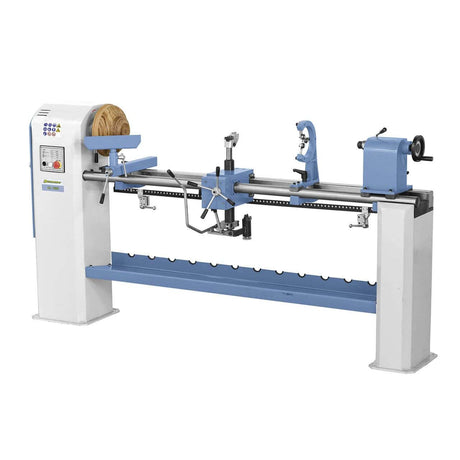How to choose the ideal wood lathe
Consider the size of the lathe
When choosing the ideal wood lathe, it's important to consider the size of the lathe itself. The size of the lathe will determine the amount of space available for working with wood and will influence the maximum size of workpieces you can machine.Make sureCarefully evaluate the space available in your workshop or lathe and choose a lathe that best suits your needs. Also, consider the weight of the lathe, as a larger lathe may be heavier and require greater stability in the support structure.
Evaluate the engine power
When choosing a wood lathe, it's important to consider the motor's power. Adequate power ensures efficient and precise woodworking. Here are some points to consider:
Engine power: Make sure the lathe has a motor with enough power to handle the type of work you want to do.
Horsepower (HP)Check the engine's horsepower rating. The higher the horsepower rating, the more powerful the engine.
Power regulation: Check whether the lathe offers the possibility of adjusting the motor power according to specific needs.
A powerful motor allows you to work wood quickly and efficiently, reducing the risk of blockages or interruptions during processing. Make sure you choose a lathe with adequate power for best results.
Check the rotation speed
Rotation speed is a key factor to consider when choosing a wood lathe.An adjustable speedallows it to adapt to different needs and types of processing. It is important to check that the lathe offers aadequate speed rangefor working with both soft and hard materials. In addition, aquick gear change systemIt can be very useful for quickly switching from one job to another. Finally, it is advisable to check whether the lathe has arotation reverse function, which can be useful for working on particular details or for performing symmetrical machining.
The rotation speed must be adjustable
Check for an adequate speed range
Quick gear change system
Rotation reverse function
Remember to also consider the lathe base, which ensures the stability and solidity of the lathe structure.
Check the stability and solidity of the structure
When choosing a wood lathe, it's essential to check the stability and solidity of the structure. These are the key points to consider:
Make sure the lathe base is solid and sturdy to avoid unwanted vibrations while working.
Make sure the lathe is made of high-quality materials and is well constructed to ensure long life.
Check that all moving parts of the lathe are securely fastened and that there is no play or abnormal movements.
Pay attention to any weak points in the structure, such as fragile welds or plastic parts that could break easily.
A stable and sturdy wood lathe is essential for high-quality results and safe work. Make sure to thoroughly inspect the construction before purchasing your wood lathe.
The different types of wood lathes
Fixed bed lathe
The bed-type lathe is one of the most common types of wood lathe. It features a stable and solid structure that allows for precise and safe work. This type of lathe is ideal for small to medium-sized jobs, such as making table legs or small decorative objects. Some advantages of the bed-type lathe include:
Stability: the fixed structure of the lathe ensures greater stability during work.
Precision: thanks to its solid structure, the fixed bed lathe allows you to obtain precise and detailed work.
Safety: the stability of the lathe reduces the risk of accidents while working.
If you're looking for a wood lathe that offers stability, precision, and safety, the Krolit bed-mounted lathe might be the ideal choice for you. Try it and see how much it can improve your woodworking experience.





